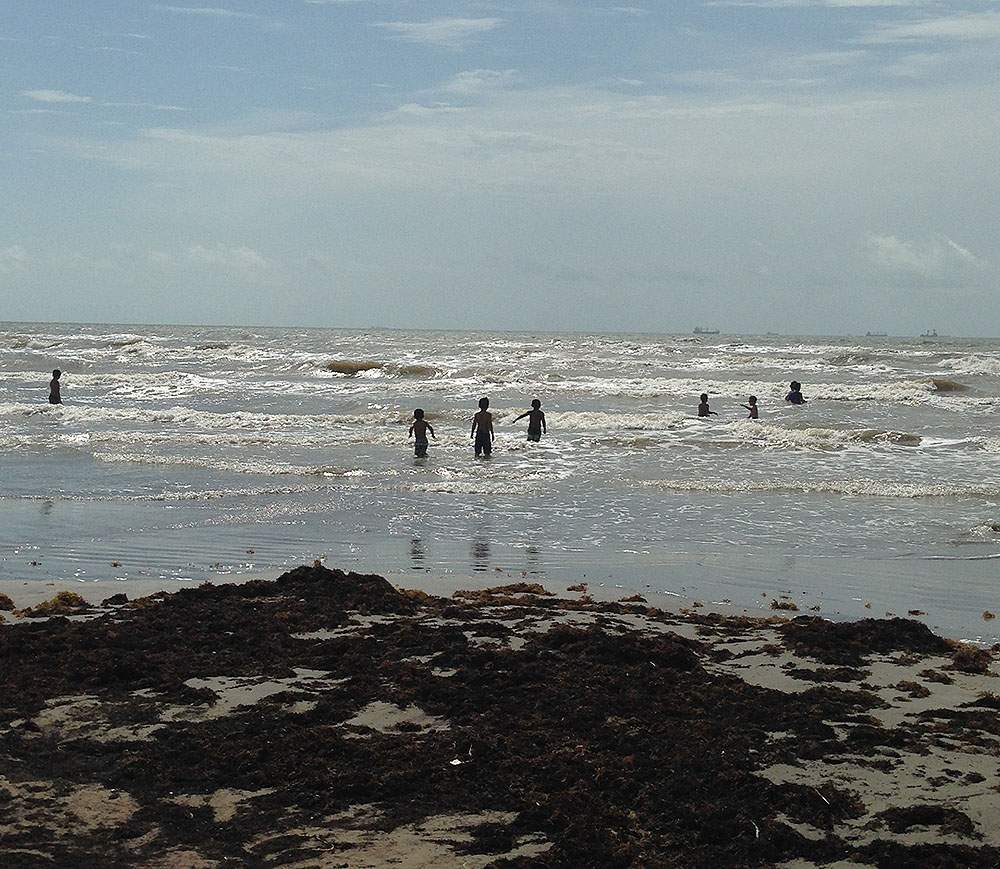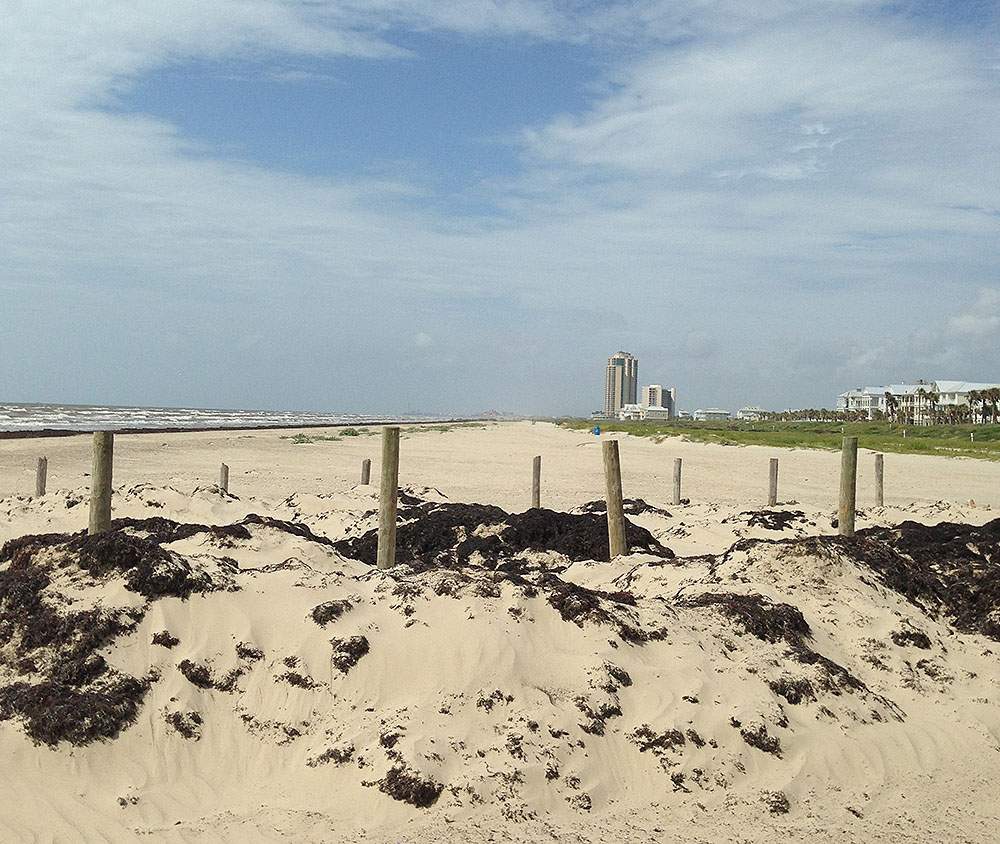The picture tucked into my photo album wasn’t what I expected.
In that photo, I’m a little girl, holding a beach ball and snuggled into my father’s bare chest as his feet are covered by sand and the tide in Galveston, Texas. Several of my siblings, all in various poses, are gathered around us. Gary is sitting pretzel style in wet sand. Terrie has one hip out and hands up to shield her eyes from the sun. With one hand on my back and another supporting my beach ball, Cathy smiles directly into the camera.
We are sandy, hot and happy in the snapshot. It is one of many family memories, and one I knew would not be recreated this past week when two of my sisters and I traveled to the Gulf shore.

As column readers may remember, Cathy is ill with cancer and there is little left to do other than spend time together and pray. So, the two of us and another sister, Peggy, loaded up and left the heat and hustle of Houston behind in favor of salty air and off-season beachfront properties.
Much of the sea wall along Galveston Island and neighboring Bolivar Peninsula has been ravaged by hurricanes, especially Ike, but is being rebuilt. A product of Iowa’s 2008 floods and their continued aftermath, I was braced for the mix of updated and new. Most of what was ripped apart by winds and water, however, is removed. Large swathes of open space ribbon the shore and travel inland. The few remaining ruined remnants stand defiantly against a backdrop of newly constructed or extremely renovated buildings and facilities.
Mentally, I had prepared myself for this reality, understanding this visit wasn’t for the purpose of old memories, but for storing a few new ones. But, despite warnings from Cathy, I refused to acknowledge the other and much more troublesome changes.
While Galveston has never been known for its pristine beaches, and often has clumps of seaweed on shore and in the tide, the overabundance was shocking. Every pile was coated with a slippery substance, even those that had been ashore long enough to otherwise be dry.
The caps on the waves weren’t quite white, and the water was definitely not blue or clear. Instead, the waves appeared as mocha latte with creamy foam splashes. People walked or biked along the cement boardwalk and visited the few shops that have repopulated the beach area, but few were brave enough to enter the water despite temperatures in the upper 90s. Only three dolphins swam beside the ferry between the peninsula and the island. They didn’t play.
As we drove along Seawall Blvd. from one end of the island to the other, smells of sewage and sulfur invaded the car. It was so strong we rolled up the windows and searched for the switch to prevent outside air from traveling through the vents.
Even the more affluent beach areas were littered with glass and other human debris, preventing barefoot strolls across the sand.
While I did not expect the Galveston of my youth, I was not prepared for the smelly, industrialized mess that now exists — more like the musings of a doomsday novel than a 2014 tourist attraction.

This column by Lynda Waddington originally published in The Gazette on Aug. 23, 2014.
